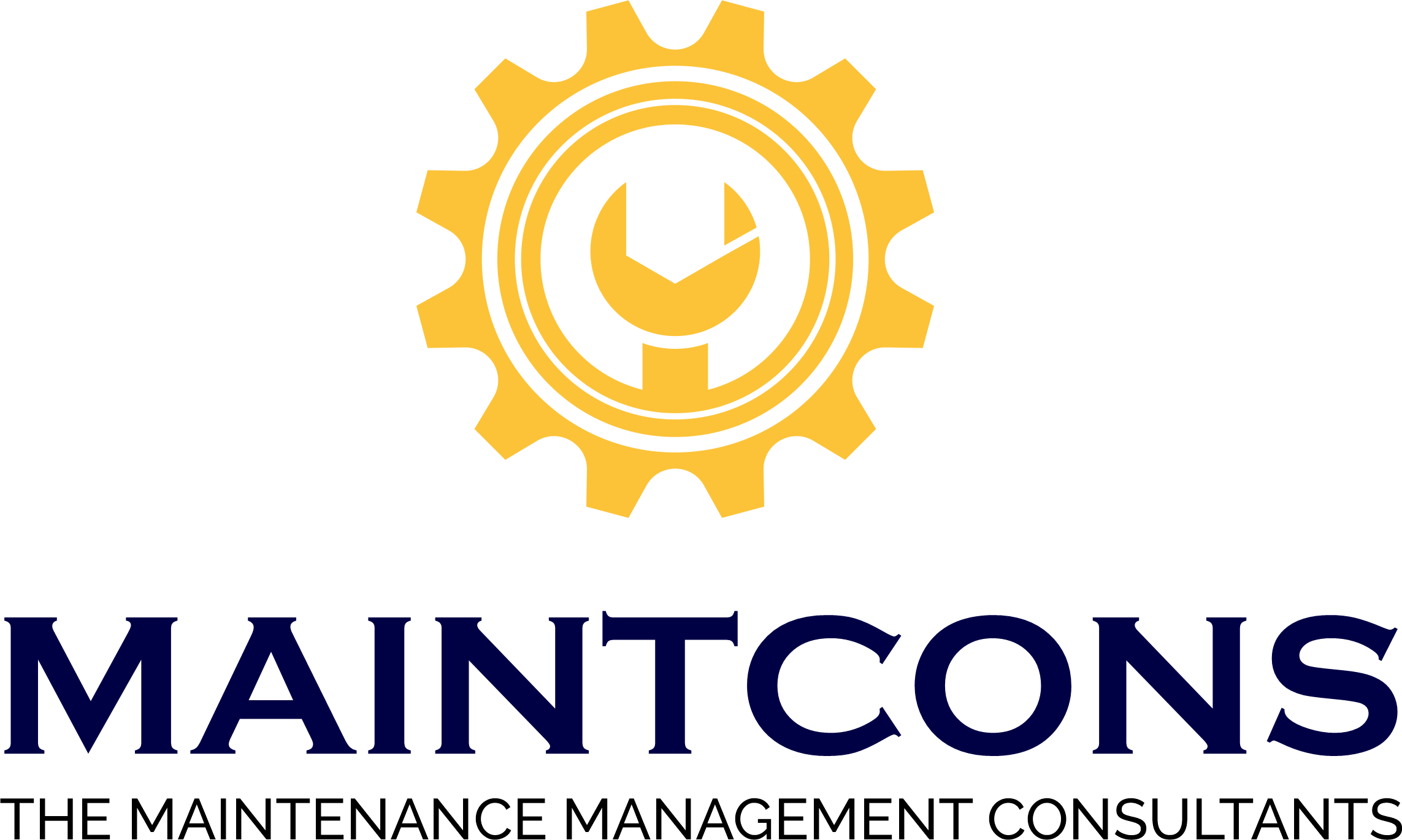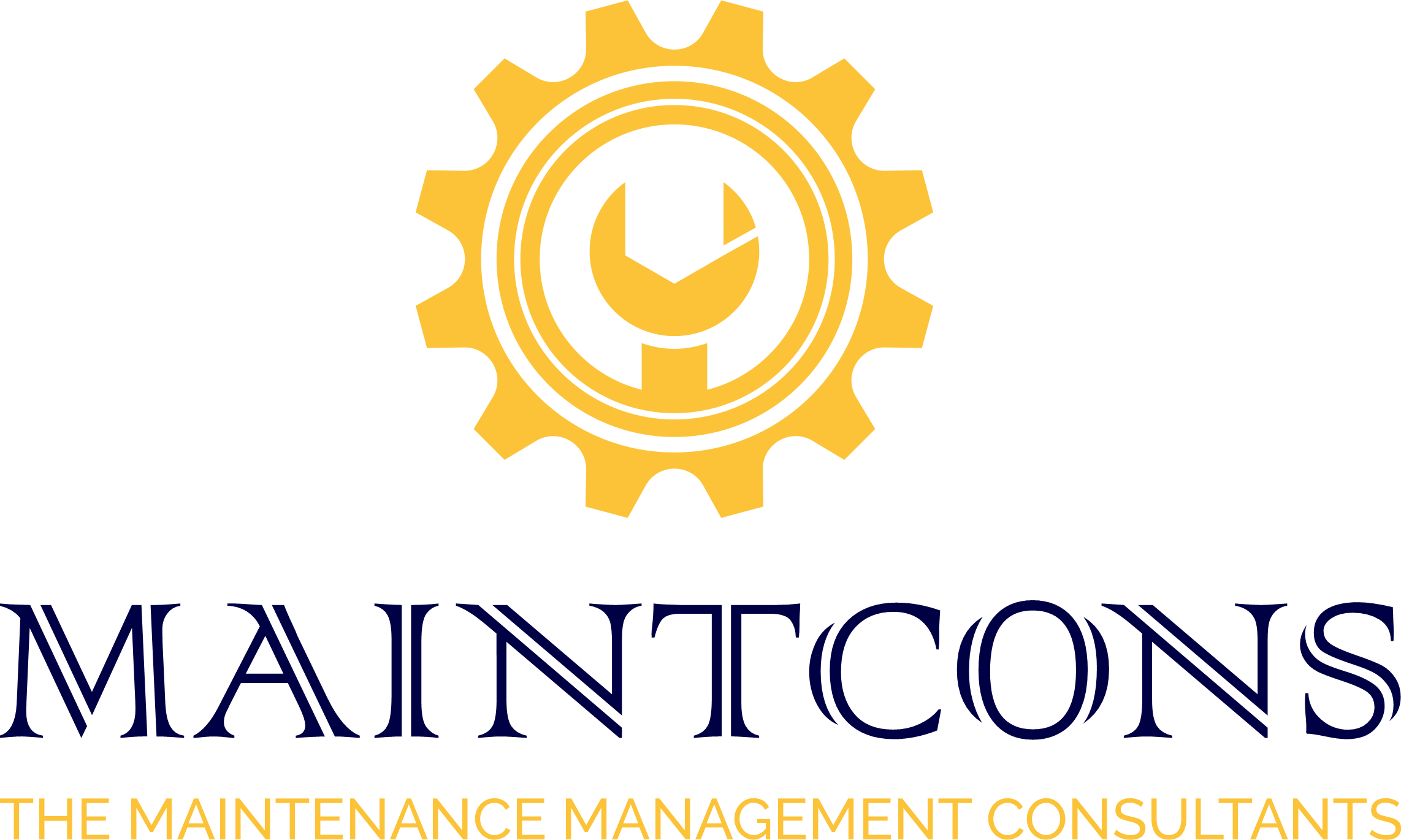Major Common Constraints in Effective Maintenance Planning and Scheduling
A lot has been written and continues to be written over application and benefits of Maintenance Planning and Scheduling (MPS) in any asset intensive industry. Scholarly articles are available on principles of planning, principles of scheduling, barriers to effective planning, effective scheduling, Do’s and Don’ts of a planner, training, communication, CMMS, material and so on.
MPS is undoubtedly amongst the simplest and cost-effective methodologies to improve Wrench Time (also called Tool Time) of the maintenance technicians. However, despite rigorous efforts, very few companies have been able to successfully implement and practice the methodology the right way to reap the benefits to the fullest. This article highlights some of the major constraints and gaps observed across industries in this regard. The compilation is based on the actual observations of the author while conducting assessments of maintenance planning and scheduling practices in scores of plants across varied industries globally.
1)Maintenance Planners’ involvement in emergencies and day to day execution work
Emergencies are invariably the major cause of plant downtime in most of the plants especially in those operating in a reactive maintenance work culture. While it is extremely important to tackle these emergencies on priority basis, services of the maintenance planners are commonly utilized for the purpose. The planners are also used to expedite spares that weren’t planned and hence not available while the job is being executed.
Such an approach defeats the very purpose of planning. Planning is proactive and not a tactical process. It is all about planning for future. As a thumb rule, an hour spent on planning saves three hours in execution. By involving planner in emergencies and day to day execution work, lesser time is available with him/her to undertake planning of upcoming jobs. As a result, the quality of planned work is affected. End result- Additional time and poor quality of job execution by the maintenance task force.
It is also common to see the senior management putting up an argument that utilization of planners for emergencies would be discontinued once the numbers of emergencies are under control. Unfortunately, the reality seldom supports the intent. Emergencies continue to occur as usual and with it the unabated involvement of planners in firefighting.
The right approach to reduce emergencies would be to allow planners to focus on future jobs. Proper planning and scheduling in combination with preventive maintenance optimization and defect elimination goes a long way in improving equipment Reliability and Uptime
2) Insufficient sized Lookahead planning and scheduling window.
The lookahead schedule window is often limited to 3 weeks and 2 weeks and even 1 week in some plants. Such a narrow window doesn’t provide sufficient time for proper planning and scheduling of the jobs. As a result, the schedule compliance is invariably poor. The problem is much more severe in plants following 1 week and 2 weeks look ahead window. It is not uncommon to have schedule compliance well below 70% in such plants.
An optimum window of 4 weeks to 6 weeks provides reasonably sufficient time for the planners and schedulers to plan and schedule jobs satisfactorily. However, it is equally important to have the right job priority matrix in place (P1, P2, P3 or P1, P2, P3, P4 and so on) which is in alignment with the look ahead planning and scheduling window. For example, having a priority matrix of 6 levels and aligning it with 6 weeks look ahead window is a mismatch. Scheduling of mid and relatively low priority jobs that need to be executed within 4 weeks or 5 weeks becomes difficult and thus affects schedule compliance.
3) Ambiguities in job prioritization
In the absence of a rigid and system-based job prioritization process, priorities of work orders often get inflated. The problem is much more prominent in plants having high backlogs. Urgent jobs are often marked as emergency and low priority as urgent by the gate keepers. This results in disruption of the weekly schedule resulting in lower schedule compliance.
For planning and scheduling to be effective, it is extremely important that operations department plays its role diligently. Operations Head needs to take ownership and protect the weekly schedule. A perfect synchronization between operations and maintenance can play wonders.
In brief a proactive role of leadership in combination with right processes and team-work between maintenance, operations and material is a must for success of maintenance planning and scheduling in any industry.


Leave a Reply